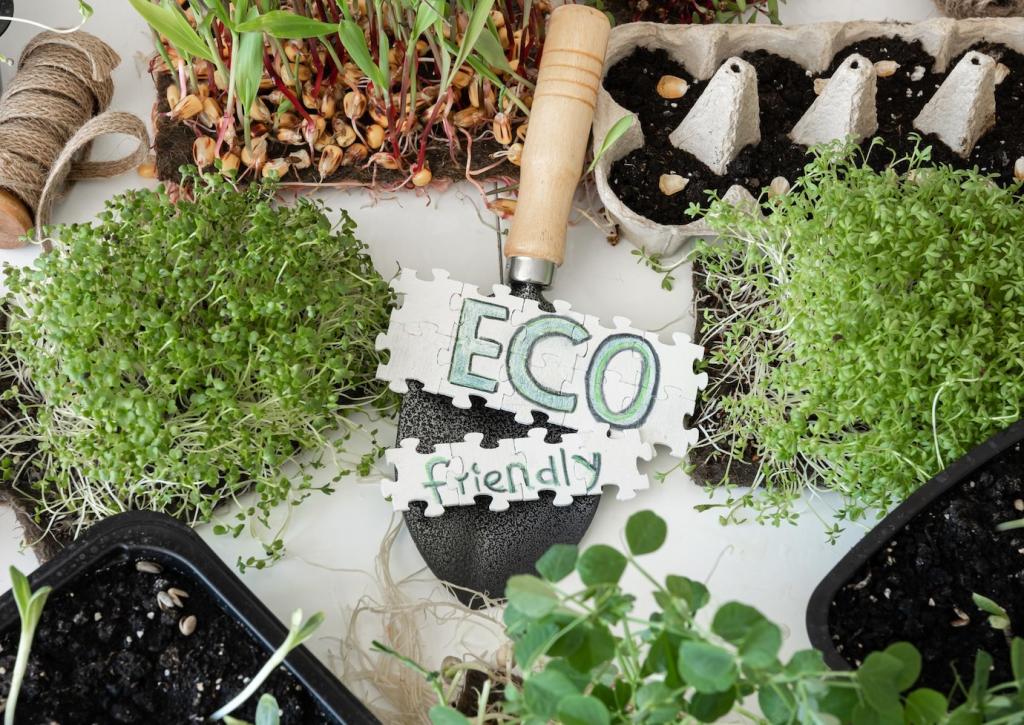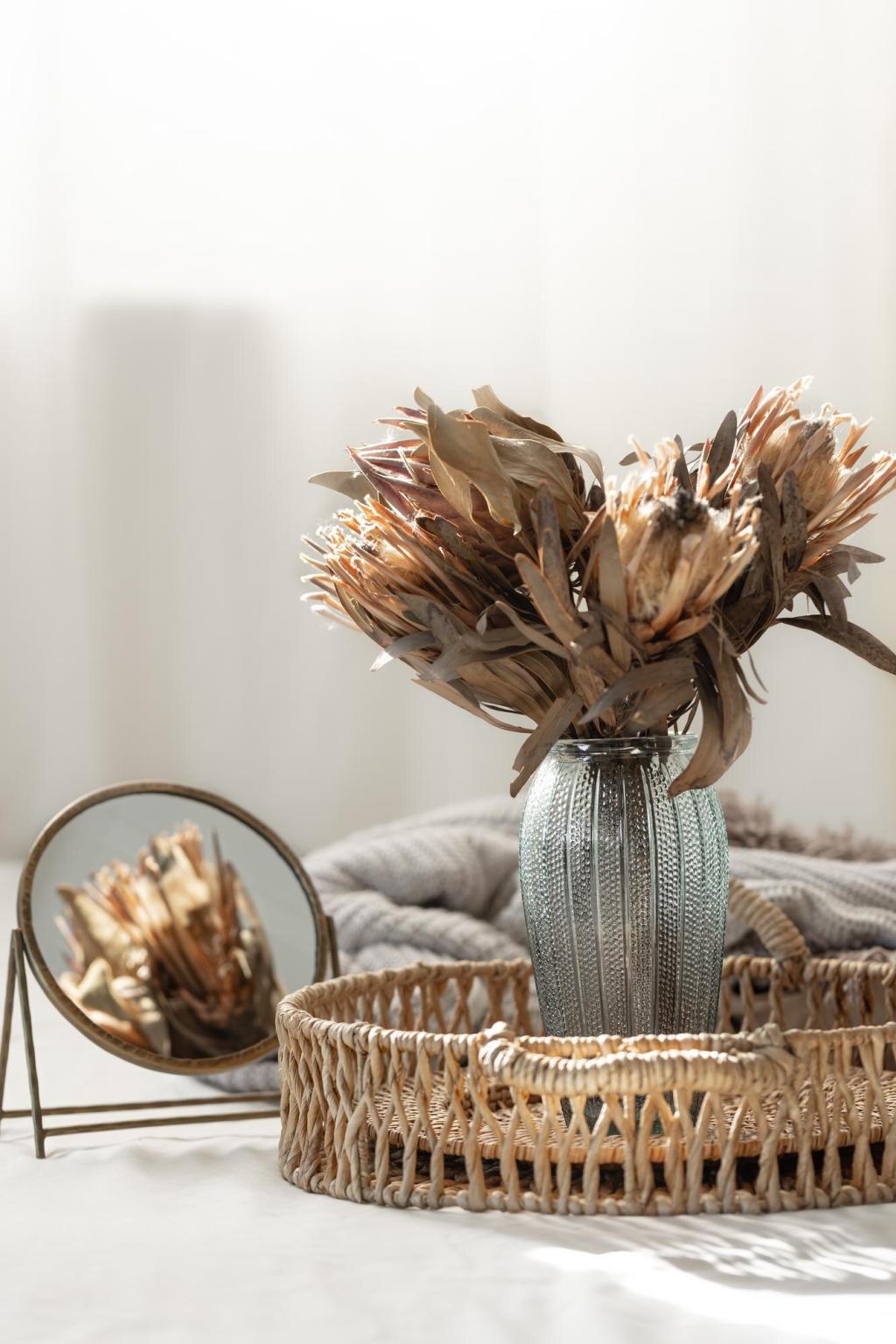Design Moves You Can Try at Home
Position desks perpendicular to windows to reduce glare while keeping views in the periphery. Use sheer curtains to soften midday sun and warm-toned lamps for evening wind-down. A small mirror can bounce light deeper into a room, while matte finishes keep brightness comfortable. Notice how your body responds over a week, then adjust. Tell us your window orientation; we’ll recommend a strategy.
Design Moves You Can Try at Home
Combine a living element (plants, herbs), a tactile element (unfinished wood, cork), and a soundscape (water fountain, quiet nature audio). Add a subtle scent through fresh citrus peels or a tiny bouquet. The goal is gentle variety, not clutter. Start small: one corner with three coherent cues. Post your before-and-after photos and tag us—we’ll feature reader transformations in a future roundup.


